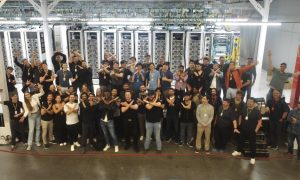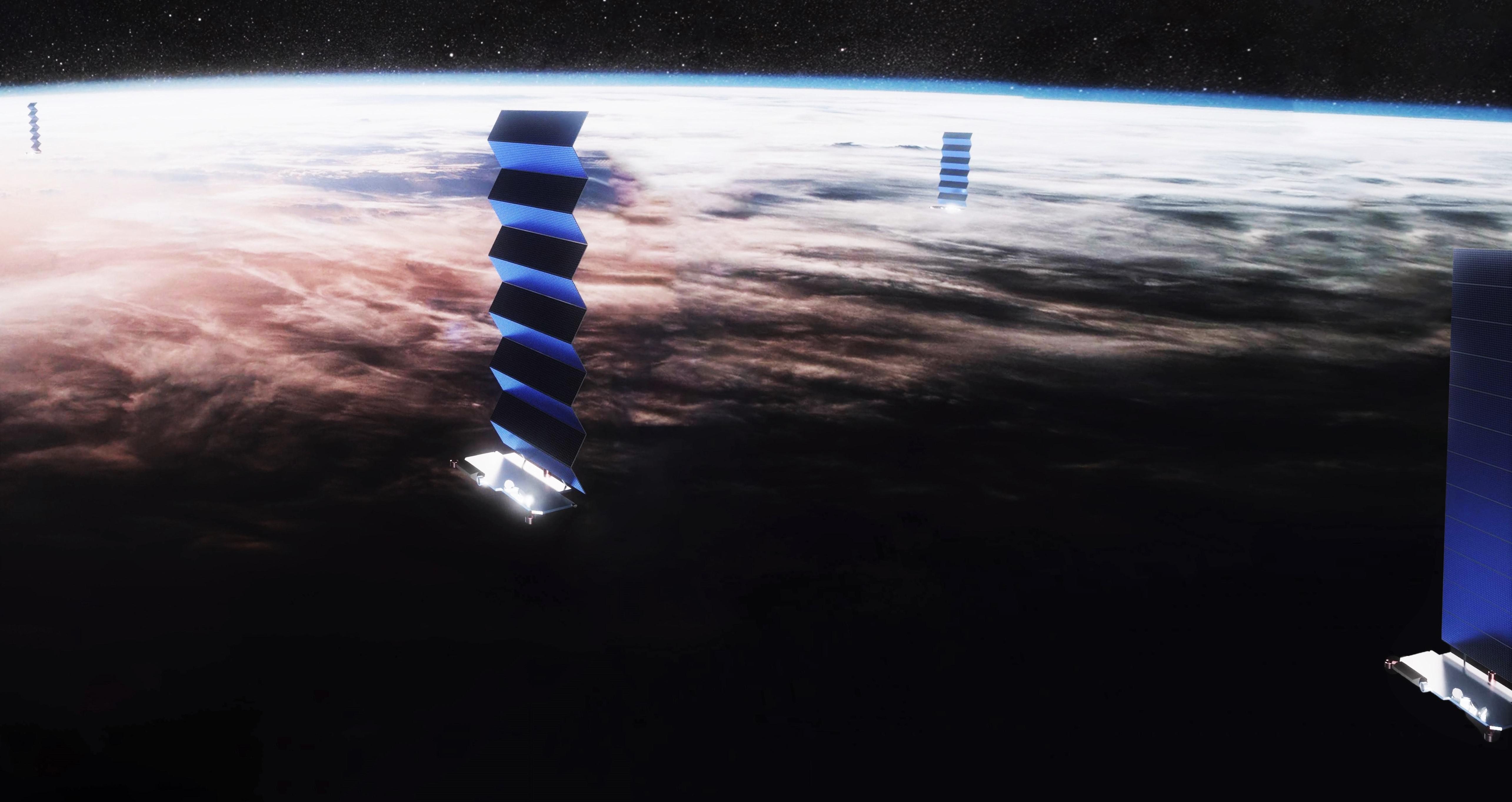

News
SpaceX worth $33B after raising more than $1B for Starlink and Starship
Since April 2018, SpaceX has successfully raised more than $1.24 billion through the sale of equity, likely sold to investors by extrapolating the company’s current record of success to include the potential of its next two products, Starlink and Starship.
Thanks to SpaceX’s successful streak of fundraising, the company is now valued at $33.3 billion according to sources that spoke with CNBC reporter Michael Sheetz. The same source indicated that demand for SpaceX equity remains strong as the company seeks to continue extremely expensive development and production programs. Most notably, SpaceX is simultaneously building two full-scale orbital Starship prototypes at separate facilities in Texas and Florida, readying an earlier Starhopper testbed for serious test flights, and is in the midst of ramping up its Starlink satellite production to levels unprecedented in the history of spaceflight.
Put simply, with SpaceX’s Starship and Starlink programs simultaneously entering into capital-intensive phases of development and production, the company has a huge amount of work on its plate. Most of that work involves testing prototypes with technologies that are frequently unprecedented, as well as refining those designs into something final and worthy of serious production. In the case of Starship, a great deal of integrated testing and design finalization lies ahead before SpaceX can even think about starting serial production of its ~50m (160 ft) tall steel Starships or ~60m (200 ft) Super Heavy boosters.
Although large-scale aerospace development programs already tend to be very expensive, SpaceX (led by CEO Elon Musk) has structured its Starship/Super Heavy development program to be extremely hardware-rich. This is another way to say that prototypes are constantly being built, designs are ever-changing, and hardware is constantly being severely damaged (or even destroyed) during fast-paced testing. SpaceX (and Musk) have often been famous for preferring development programs that move fast and break things, delivering knowledge and optimizing designs through lessons learned (often the hard way). SpaceX also values “scrappiness” in its programs, although that sadly ends up coming at the cost of employee pay (below industry standards) and benefits (scarce bonuses, no 401K-matching, extreme hours, minimal work-life balance).
Put it all together and the results of SpaceX-style development programs have frequently defied cemented industry expectations and beliefs. SpaceX has built – from scratch – entire launch vehicles (Falcon 9 V1.0) and spacecraft (Cargo Dragon) 5-10 times cheaper than NASA believed possible. SpaceX has successfully developed a commercially viable style of reusable rockets and took just ~30 months to go from its first attempted landing to a successful booster recovery and less than 15 months after that to reuse its first booster on a commercial, orbital-class launch. Competitors that vehemently denied that SpaceX would succeed are now 5-10 years behind with disinterested responses to the reusable titan that is Falcon 9/Falcon Heavy.
Still, while SpaceX’s record of commercial and technical spaceflight success is second-to-none since the Apollo Program and the early days of the Space Shuttle, even its extraordinarily cost-effective development style requires major funding in the face of ambitions as grand as Starship and Starlink.
Starlink races ahead
On May 23rd, SpaceX completed an extraordinarily ambitious Starlink launch debut, placing sixty “v0.9” spacecraft into low Earth orbit (LEO). Weighing no less than 16.5 tons (~36,000 lb), SpaceX’s first dedicated Starlink mission also became the heaviest payload the company has ever launched by at least ~30%. Aside from the spectacular statistics associated with the mission, SpaceX also debuted an exotic and largely unprecedented satellite form factor, stacking each flat, rectangular ~230 kg (510 lb) spacecraft like a deck of cards. With Starlink, SpaceX has also flown the first krypton-powered ion thrusters, replacing the traditional xenon to cut as much as $100,000 (or even more) from the cost of each satellite.
“We continue to track the progress of the Starlink satellites during early orbit operations. At this point, all 60 satellites have deployed their solar arrays successfully, generated positive power and communicated with our ground stations. Most are already using their onboard propulsion system to reach their operational altitude and have made initial contact using broadband phased array antennas. SpaceX continues to monitor the constellation for any satellites that may need to be safely deorbited. All the satellites have maneuvering capability and are programmed to avoid each other and other objects in orbit by a wide margin.” — SpaceX, May 31st

~20 days after launch, all 60 satellites are in contact with SpaceX ground controllers and all but 3-4 have managed to successfully begin raising their orbits from ~450 km to 550 km (280-340 mi). Roughly two dozen have already passed 500 km and most should reach their final orbits within 1-2 weeks.
By far the most significant news, however, was CEO Elon Musk’s confidence that SpaceX already has “sufficient capital to build an operational constellation”, likely referring to a constellation of 750-1500 spacecraft capable of either covering the entire US or offering “decent global coverage”. Of note, Musk made this comment days before SpaceX – via SEC filings – effectively announced that it has already raised more than $1B in 2019. A large portion – if not all – of that funding is thus likely bound for Starlink as the program’s shockingly small team of ~400 prepares to aggressively ramp up production.

According to both COO Gwynne Shotwell, Musk, and SpaceX, the company hopes to conduct an additional 1-5 launches of 60 Starlink satellites this year, potentially leaving SpaceX with a constellation of more than 400 satellites – with a total bandwidth of 7 terabits per second (tbps) – after just eight months of launches. Equally significant, SpaceX’s official Starlink.com website states that SpaceX wants to offer real internet service to an unspecified number of US and Canada consumers after just six launches. In other words, SpaceX could deliver the first (possibly alpha or beta) taste of consumer Starlink internet service by the end of 2019.
If SpaceX can deploy the constellation soon and Starlink reaches its cost, performance, and longevity targets, it’s safe to say that SpaceX’s private investors are going to be extraordinarily happy with their financial decision.
Check out Teslarati’s Marketplace! We offer Tesla accessories, including for the Tesla Cybertruck and Tesla Model 3.
Elon Musk
Tesla Supercharger Diner food menu gets a sneak peek as construction closes out
What are you ordering at the Tesla Diner?

The Tesla Supercharger Diner in Los Angeles is nearing completion as construction appears to be winding down significantly. However, the more minor details, such as what the company will serve at its 50s-style diner for food, are starting to be revealed.
Tesla’s Supercharger Diner is set to open soon, seven years after CEO Elon Musk first drafted the idea in a post on X in 2018. Musk has largely come through on most of what he envisioned for the project: the diner, the massive movie screens, and the intended vibe are all present, thanks to the aerial and ground footage shared on social media.
We already know the Diner will be open 24/7, based on decals placed on the front door of the restaurant that were shared earlier this week. We assume that Tesla Optimus will come into play for these long and uninterrupted hours.
The Tesla Diner is basically finished—here’s what it looks like
As far as the food, Tesla does have an email also printed on the front door of the Diner, but we did not receive any response back (yet) about what cuisine it will be offering. We figured it would be nothing fancy and it would be typical diner staples: burgers, fries, wings, milkshakes, etc.
According to pictures taken by @Tesla_lighting_, which were shared by Not a Tesla App, the food will be just that: quick and affordable meals that diners do well. It’s nothing crazy, just typical staples you’d find at any diner, just with a Tesla twist:
Tesla Diner food:
• Burgers
• Fries
• Chicken Wings
• Hot Dogs
• Hand-spun milkshakes
• And more https://t.co/kzFf20YZQq pic.twitter.com/aRv02TzouY— Sawyer Merritt (@SawyerMerritt) July 17, 2025
As the food menu is finalized, we will be sure to share any details Tesla provides, including a full list of what will be served and its prices.
Additionally, the entire property appears to be nearing its final construction stages, and it seems it may even be nearing completion. The movie screens are already up and showing videos of things like SpaceX launches.
There are many cars already using the Superchargers at the restaurant, and employees inside the facility look to be putting the finishing touches on the interior.
🚨 Boots on the ground at the Tesla Diner:
— TESLARATI (@Teslarati) July 17, 2025
It’s almost reminiscent of a Tesla version of a Buc-ee’s, a southern staple convenience store that offers much more than a traditional gas station. Of course, Tesla’s version is futuristic and more catered to the company’s image, but the idea is the same.
It’s a one-stop shop for anything you’d need to recharge as a Tesla owner. Los Angeles building permits have not yet revealed the date for the restaurant’s initial operation, but Tesla may have its eye on a target date that will likely be announced during next week’s Earnings Call.
News
Tesla’s longer Model Y did not scale back requests for this vehicle type from fans
Tesla fans are happy with the new Model Y, but they’re still vocal about the need for something else.
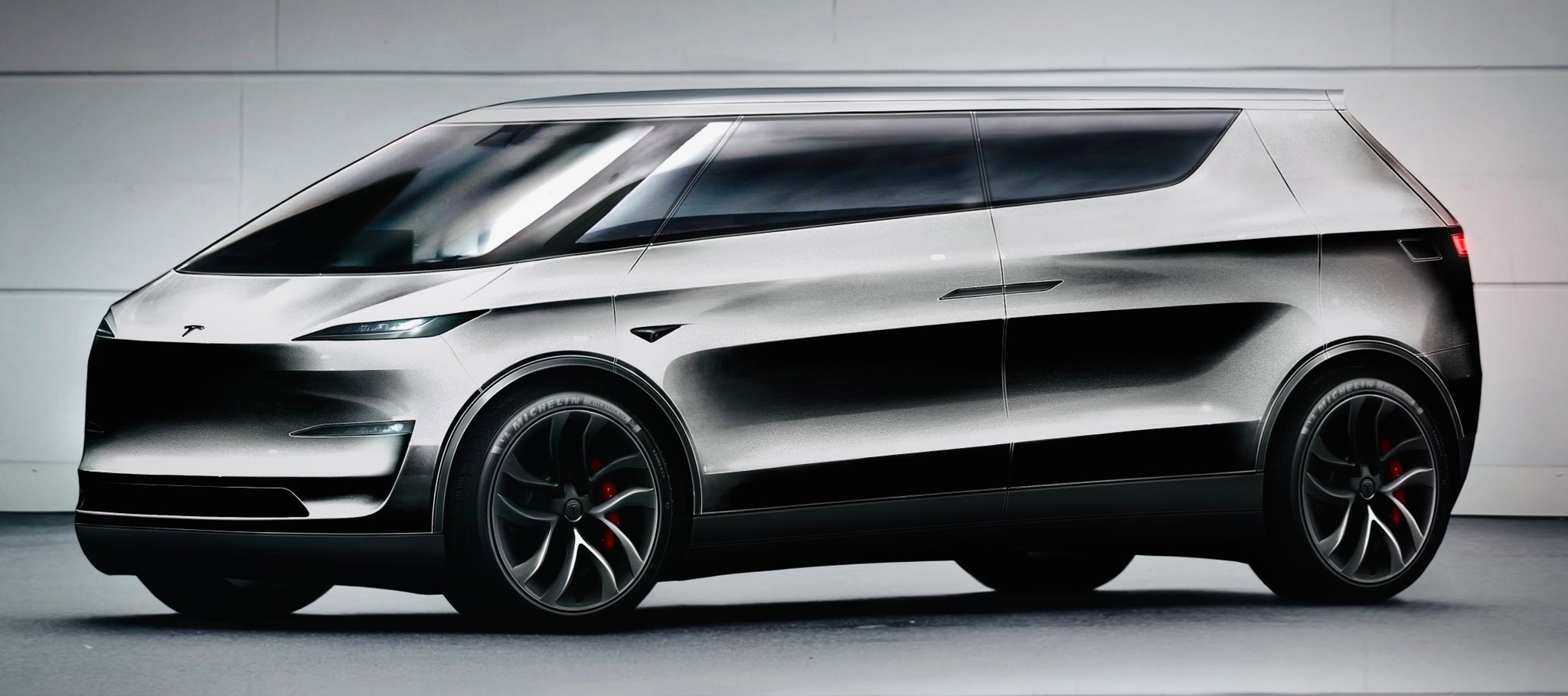
Tesla launched a slightly longer version of the Model Y all-electric crossover in China, and with it being extremely likely that the vehicle will make its way to other markets, including the United States, fans are still looking for something more.
The new Model Y L in China boasts a slightly larger wheelbase than its original version, giving slightly more interior room with a sixth seat, thanks to a third row.
Tesla exec hints at useful and potentially killer Model Y L feature
Tesla has said throughout the past year that it would focus on developing its affordable, compact models, which were set to begin production in the first half of the year. The company has not indicated whether it met that timeline or not, but many are hoping to see unveilings of those designs potentially during the Q3 earnings call.
However, the modifications to the Model Y, which have not yet been officially announced for any markets outside of China, still don’t seem to be what owners and fans are looking forward to. Instead, they are hoping for something larger.
A few months ago, I reported on the overall consensus within the Tesla community that the company needs a full-size SUV, minivan, or even a cargo van that would be ideal for camping or business use.
Tesla is missing one type of vehicle in its lineup and fans want it fast
That mentality still seems very present amongst fans and owners, who state that a full-size SUV with enough seating for a larger family, more capability in terms of cargo space for camping or business operation, and something to compete with gas cars like the Chevrolet Tahoe, Ford Expedition, or electric ones like the Volkswagen ID.BUZZ.
We asked the question on X, and Tesla fans were nearly unanimously in support of a larger SUV or minivan-type vehicle for the company’s lineup:
🚨 More and more people are *still* saying that, despite this new, longer Model Y, Tesla still needs a true three-row SUV
Do you agree? https://t.co/QmbRDcCE08 pic.twitter.com/p6m5zB4sDZ
— TESLARATI (@Teslarati) July 16, 2025
Here’s what some of the respondents said:
100% agree, we need a larger vehicle.
Our model Y is quickly getting too small for our family of 5 as the kids grow. A slightly longer Y with an extra seat is nice but it’s not enough if you’re looking to take it on road trips/vacations/ kids sports gear etc.
Unfortunately we…
— Anthony Hunter (@_LiarsDice_) July 17, 2025
Had to buy a Kia Carnival Hybrid because Tesla doesn’t have a true 3 row vehicle with proper space and respectable range. pic.twitter.com/pzwFyHU8Gi
— Neil, like the astronaut (@Neileeyo) July 17, 2025
Agreed! I’m not sure who created this but I liked it enough to save it. pic.twitter.com/Sof5nMehjS
— 🦉Wise Words of Wisdom – Inspirational Quotes (IQ) (@WiseWordsIQ) July 16, 2025
Tesla is certainly aware that many of its owners would like the company to develop something larger that competes with the large SUVs on the market.
However, it has not stated that anything like that is in the current plans for future vehicles, as it has made a concerted effort to develop Robotaxi alongside the affordable, compact models that it claims are in development.
It has already unveiled the Robovan, a people-mover that can seat up to 20 passengers in a lounge-like interior.
The Robovan will be completely driverless, so it’s unlikely we will see it before the release of a fully autonomous Full Self-Driving suite from Tesla.
Energy
Tesla launches first Virtual Power Plant in UK – get paid to use solar
Tesla has launched its first-ever Virtual Power Plant program in the United Kingdom.
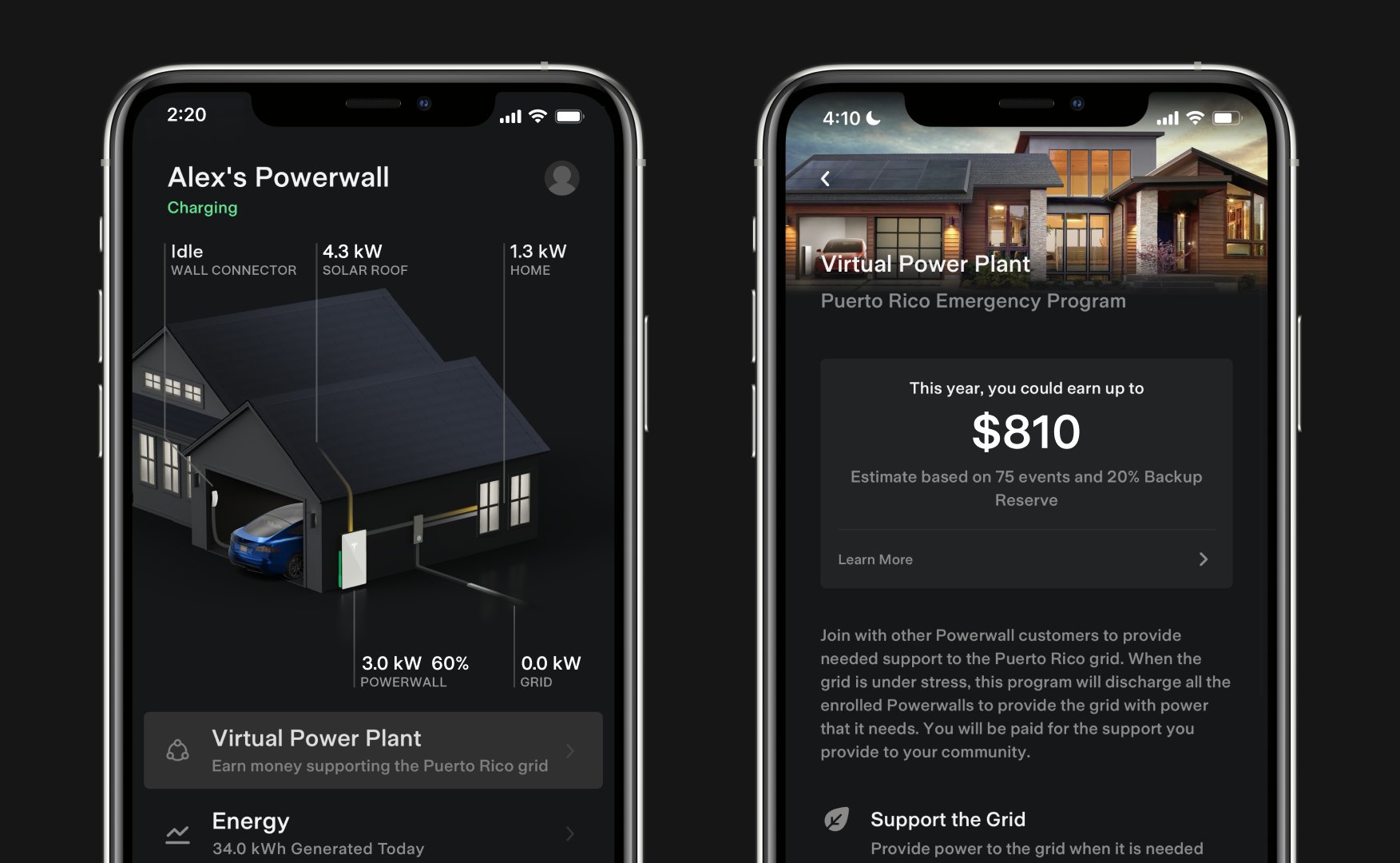
Tesla has launched its first-ever Virtual Power Plant program in the United Kingdom. This feature enables users of solar panels and energy storage systems to sell their excess energy back to the grid.
Tesla is utilizing Octopus Energy, a British renewable energy company that operates in multiple markets, including the UK, France, Germany, Italy, Spain, Australia, Japan, New Zealand, and the United States, as the provider for the VPP launch in the region.
The company states that those who enroll in the program can earn up to £300 per month.
Tesla has operated several VPP programs worldwide, most notably in California, Texas, Connecticut, and the U.S. territory of Puerto Rico. This is not the first time Tesla has operated a VPP outside the United States, as there are programs in Australia, Japan, and New Zealand.
This is its first in the UK:
Our first VPP in the UK
You can get paid to share your energy – store excess energy in your Powerwall & sell it back to the grid
You’re making £££ and the community is powered by clean energy
Win-win pic.twitter.com/evhMtJpgy1
— Tesla UK (@tesla_uk) July 17, 2025
Tesla is not the only company that is working with Octopus Energy in the UK for the VPP, as it joins SolarEdge, GivEnergy, and Enphase as other companies that utilize the Octopus platform for their project operations.
It has been six years since Tesla launched its first VPP, as it started its first in Australia back in 2019. In 2024, Tesla paid out over $10 million to those participating in the program.
Participating in the VPP program that Tesla offers not only provides enrolled individuals with the opportunity to earn money, but it also contributes to grid stabilization by supporting local energy grids.
-
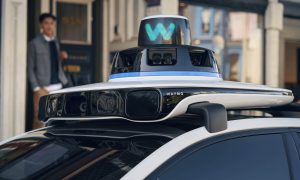
 Elon Musk1 day ago
Elon Musk1 day agoWaymo responds to Tesla’s Robotaxi expansion in Austin with bold statement
-
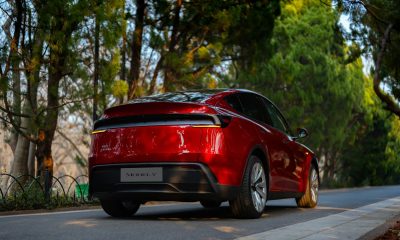
 News1 day ago
News1 day agoTesla exec hints at useful and potentially killer Model Y L feature
-
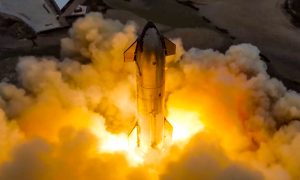
 Elon Musk2 days ago
Elon Musk2 days agoElon Musk reveals SpaceX’s target for Starship’s 10th launch
-

 Elon Musk3 days ago
Elon Musk3 days agoTesla ups Robotaxi fare price to another comical figure with service area expansion
-
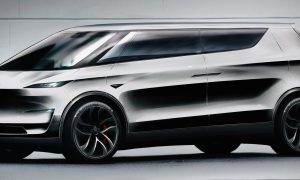
 News1 day ago
News1 day agoTesla’s longer Model Y did not scale back requests for this vehicle type from fans
-

 News1 day ago
News1 day ago“Worthy of respect:” Six-seat Model Y L acknowledged by Tesla China’s biggest rivals
-
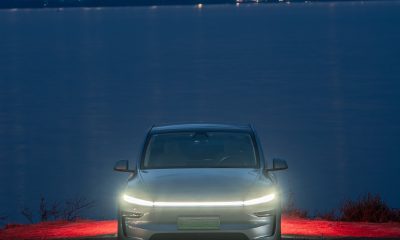
 News2 days ago
News2 days agoFirst glimpse of Tesla Model Y with six seats and extended wheelbase
-
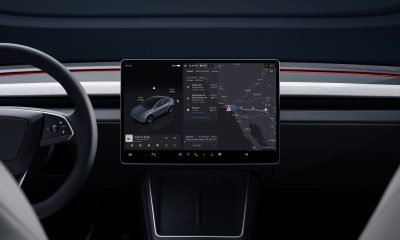
 Elon Musk2 days ago
Elon Musk2 days agoElon Musk confirms Tesla is already rolling out a new feature for in-car Grok


